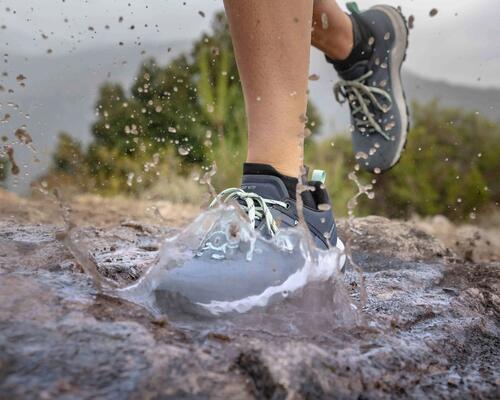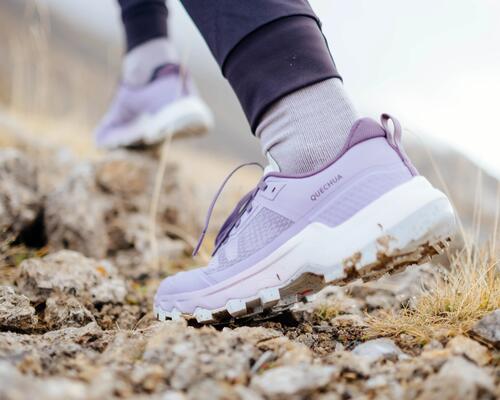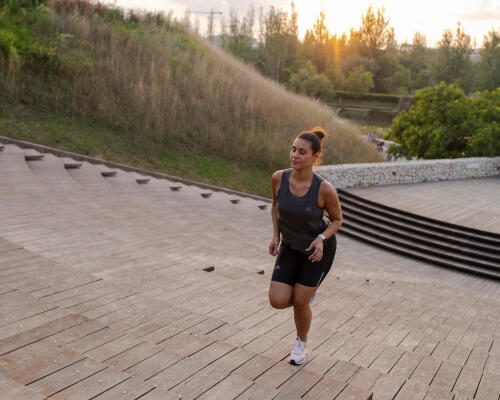How do I treat a "blister" on my hand or foot?
First of all, what is a blister or a phlyctene? These words mean the same thing, a lifting of the skin forming a bubble which contains a liquid called "serosity". How to treat it?
If the area of friction is red, but not detached from the skin, wash it with warm water and soap before applying an anti-irritation, anti-friction or healing cream. This may be enough for a small blister. If the area is a little larger and more painful, opt instead for a special blister plaster, also known as a "hydrocolloid" plaster, which will protect the area from friction and help the blister to heal.
If your skin is whitish, even reddish, and above all, if it has lifted up and contains a liquid: say hello to the good old blister! On the right, you’re told to pierce it; on the left, don't touch it... Who's right? Don't move, we'll help you in the next paragraph and I promise we won't talk politics. ;)






